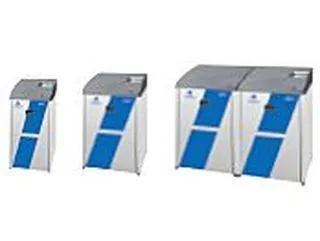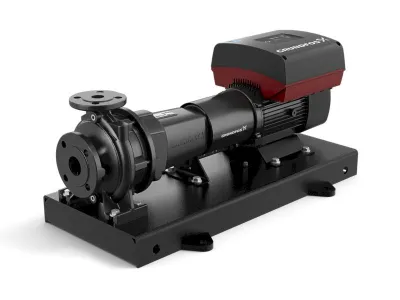Innovative solutions for optimizing server cooling. Learn more and reduce energy costs.
Applications
Energy Saving
Efficient Cooling for Data Centers
With the exponentially increasing volume of data and the associated heightened demand for centralized computing power, more and more powerful data centers are being operated. The servers, storage devices, and network components require energy and constantly generate heat that needs to be dissipated. Traditionally, the energy consumption of data
Contents
Product Ad
Image
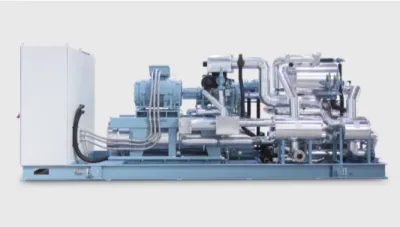
Industriewärmepumpen mit Schraubenverdichtern für industrielle Anwendungen mit maximaler Heizleistung von 1800 KW und einer maximalen Temperatur von +95°C
Jobs
Mounting
Mechanic/Welder (m/f/d) at GEA
We are looking for three mechanics/welders (m/f/d) at our Berlin location.
Image

GEA Refrigeration Germany GmbH
Berlin, Germany
Fulltime
Project management refrigeration technology
Commercial Employee Order Processing in Engineering (m/f/d)
To strengthen our team, we are looking for a commercial employee to handle engineering projects as soon as possible.
Image

MTA Deutschland GmbH
Nettetal, Germany
Fitter refrigeration technology
MTA Refrigeration Technician (m/f/d) in Customer Service for Baden-Württemberg
To strengthen our team for the Stuttgart region, we are looking for you as a Refrigeration Technician (m/f/d) for our customer service.
Image

MTA Deutschland GmbH
Nettetal, Germany
Fulltime
Get in Touch with the Author
If you have any questions or would like additional information, the author of this article is happy to assist you. Simply use the options below to get in touch directly.
Related Products
Image
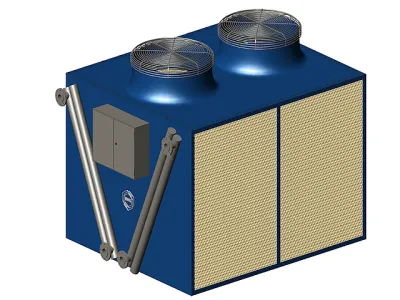
Designed to cool water with minimal operating costs thanks to two operating modes.
Image
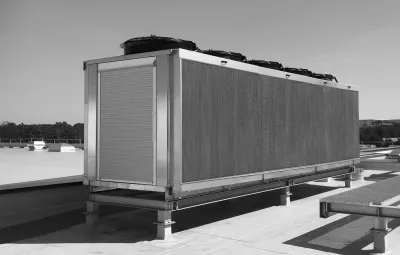
The TOPAZ is a cooler with an adiabatic cooling section before the air intake. This allows the air temperature to be reduced, if necessary, at higher ambient temperatures. The adiabatic pre-cooling...
Image

with an outstanding performance potential thanks to the interaction between wet and dry cooling
Related Articles
Enhancing Defrosting Efficiency in Cold Storage Facilities
Optimizing Cooling Operations and Saving Energy During Defrosting with Mechanical Solutions
12°C – Hot Gas Defrosting for Evaporators
Efficient Defrosting in Industrial Freezer Warehouses
Efficient Cooling for Data Centers
Innovative solutions for optimizing server cooling. Learn more and reduce energy costs.
Efficient Cooling for Data Centers
Innovative solutions for optimizing server cooling. Learn more and reduce energy costs.
Efficient Cooling for Data Centers
Innovative solutions for optimizing server cooling. Learn more and reduce energy costs.
PUE - Power Usage Effectiveness in Data Centers
PUE Value - Power Usage Effectiveness Explained Briefly
Energy Saving without Structural Changes
Reducing energy demand increases the margin on your product.
Energy Saving without Structural Changes
Reducing energy demand increases the margin on your product.
Difference between Control and Regulation
Explaining the technical difference between control and regulation in simple terms




